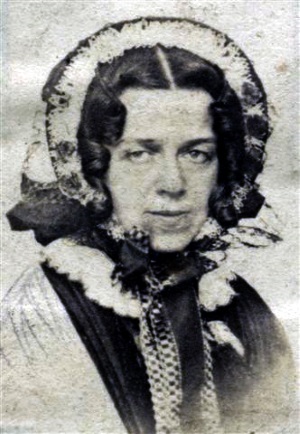
Elizabeth Catherine Thomas Carne was the fifth daughter of eight children born to Joseph Carne, F.R.S., and his wife Mary Thomas Carne.
Elizabeth was born at Rivière House, in the parish of Phillack, near Hayle, Cornwall and baptised in Phillack church on 15 May 1820.
At Riviere House the cellars were fitted out as laboratories where smelting processes of copper and tin were tested and minerals and rocks studied for their constituents. To that laboratory had come, before she was born, people such as Davies Gilbert, bringing with him the young Humphry Davy to view the workings of a scientific environment.
Born into a wealthy and influential Methodist family of mine owners and merchants, Elizabeth was acutely aware throughout her life of the poverty and deprivation in surrounding mining areas and the dire need for education and social support for those less fortunate.
She read widely, studied mathematics and the classics, and learned several languages.